People went through a house plant craze in the 70s, but this then died down in subsequent decades. However, just like many other retro trends, house plants are now back, taking over the interior world by storm.
You have likely seen stylish homes decked out in lush greenery all over Instagram and Pinterest, and there is no denying that the plants really do add an extra something to the decor. Of course, some plants can be a little challenging to look after, which tends to put many beginners off.
Don’t worry, even if you don’t quite have a green thumb just yet, these nine house plants are easy to look after and will truly transform your home.
String of Pearls
If you want to add a touch of elegance and texture to your home, the string of pearls plant will do exactly that. The slender stems hang down and are dotted with the most beautiful, perfectly-rounded green “pearls”.
The string of pearls is a member of the succulent plant family, which means that it stores its water inside itself. Most succulents, including the string of pearls, don’t require much watering, and will tolerate a little neglect from time to time.
Wondering how much light this plant needs?
A sunny windowsill, where the plant is getting light for most of the day, is ideal. Of course, since this is a hanging plant, try to find a way to hang this beauty by your windowsill, rather than standing it in a pot.
The Snake Plant
Native to the tropical regions of West Africa, the snake plant, which is also referred to as mother-in-law’s tongue, is famous for being one of the easiest house plants to look after. It is a very low-maintenance plant, requiring just a small amount of light and able to tolerate infrequent watering. They also enjoy being cramped up in small pots, meaning that you will rarely have to worry about moving them into a larger container.
Since the snake plant is evergreen, you won’t need to worry about leaves littering your house come fall, and can instead enjoy its vivid greenery throughout the year.
However, it isn’t just the snake plant’s easy care that has made this one of the most popular house plants in the past few years…
This plant is also known for being able to absorb toxins from the air, including:
- Formaldehyde
- Nitrogen oxides
- Other toxins
When choosing a new snake plant for your home…
Go for one that is a deep green color, with leaves that are standing firm and upright. You may find bargain snake plants with paler or wilted leaves, but this could be a sign of disease and you would be much better off opting for a healthy specimen to begin with.
Geranium
Many of the popular house plants out there, especially those that are easy to care for, tend to be mostly foliage, without a grand display of flowers. However, geraniums will treat you to a fabulous floral show throughout the year, even in the darker winter months.
You might be thinking…
Aren’t geraniums an outdoor plant?
Usually, yes. However, there are more than 422 varieties of geranium out there, and they all have slightly different growing requirements. While some do require several hours of full sunlight, others do well in partial shade, making them perfect for a windowsill. Geranium maculatum is a great example, with its vivid pink flowers guaranteed to bright up even the dullest room in your home.
Another advantage to geraniums is the fact that you will find varieties that are both trailing and upright, giving you more choice when it comes to using geraniums to transform your home.
Aloe Vera
Just about everyone has heard of aloe vera. This popular medicinal plant has been used for centuries for a number of different purposes, making it a very multifunctional house plant. Again, this is such an easy plant to care for, and tends to do well indoors in a pot throughout the year.
When it comes to light requirements…
Aloe vera does like the light, but the plant does not do well when exposed to direct sunlight. Find a windowsill that the sun does not shine too strongly into, and this will be perfect for your aloe vera.
Just like the string of pearls plant, aloe vera is a succulent, meaning that it does not need much watering.
One thing to keep in mind if you purchase a new aloe vera plant…
You may be tempted to move the plant into a nicer, more decorative pot. However, aloe vera requires quite a specific soil, so you will need to purchase this to use in its new pot.
Wondering what you would be able to use aloe vera for at home?
So many different things, such as:
- Use the fresh gel as a moisturizer
- Use it for natural sunburn relief
- Apply it to your skin to treat acne
- Use the gel as a makeup remover
- Make your own soothing shaving cream
- Use it as an exfoliant
- Apply the gel as a hair mask
- Dot the gel on insect bites to calm the itch and irritation
Rubber Plant
The first thing that most people ask when they hear of, or see, the rubber plant is…
Is this plant used to make rubber?
Back in the day, it used to be. Every part of the plant contains a milky white sap that can be used to produce rubber. However, this rubber is of quite a low quality, which is why rubber manufacturers ended up turning to the Indian rubber tree instead (completely unrelated to the rubber plant).
So, now that we’ve got that out of the way, let’s take a closer look at the rubber plant…
This plant is actually in the fig family, and is native to South Asia. It is a popular house plant, largely due to the fact that its shiny leaves have such a tropical and exotic look to them.
Just like many of the other plants on this list, the rubber plant does not require much water. In fact, this tends to be the reason why most rubber plants kept indoors die – due to over-watering. The plant is also quite tolerable of different light levels. It will usually do well in low light, meaning that you don’t need to keep this plant on a windowsill.
One thing to keep in mind if you have pets in the house…
The rubber plant can be toxic to animals, so avoid it if you have a pet who likes to sample your house plants.
Calathea
Calathea plants are known by a few different names, such as:
- Zebra plant
- Peacock plant
- Cathedral plant
- Rattlesnake plant
As you can tell from its names, this is a plant with striking and vivid colors and textures, and it will easily become a focal point in whichever room you place it in. Calathea plants love humidity and indirect lighting – they actually grow quite well in the shade, making this a great choice if you do not have a large sunny windowsill available.
There are around 270 species of calathea out there, each one a stand-out in its own way. A few of the most captivating to look at include:
- Calathea warscewiczii – this one comes from the Costa Rican rainforests, with velvety, deep green leaves that have a dark red color on their undersides
- Calathea zebrina – these leaves are dark green in color but have light green veins, giving them zebra-like stripes
- Calathea ornata – another variety with a dark red underside, with the green parts of the leaves featuring a pink stripe running through them
Elephant Ear
Otherwise known as the alocasia, the elephant ear is a plant with leaves that look like, as you can probably guess from its name, elephant ears. This plant is native to South-East Asian rainforests, and has been grown as a source of food in many countries for almost 30,000 years now.
This is a plant that will add a contemporary, architectural element to your home, with its arrow-shaped leaves, featuring white veins contrasting against a dark green, looking undeniably impressive.
Now, compared to some of the other plants on this list, the elephant ear does require slightly more know-how when it comes to growing conditions. Its requirements are quite specific, but, if you get these right, the plant will happily grow without much intervention needed.
Wondering what the plant’s growing conditions are?
It doesn’t like direct sunlight, but also does not tolerate dark shade, meaning that you will need to find a spot in your home that can offer the plant somethign in the middle of the two. This plant also needs to kept constantly moist as much as possible, but you do need to take care not to over water. Since this is a tropical plant, try to keep it in a humid room if you want it to really thrive.
Hoya
Hoyas can be made to look incredibly special when kept as a house plant. Since this is a vine plant, you can train a Hoya to grow up a wall or around a piece of furniture, really adding that lush jungle vibe to your decor. The fact that Hoyas grow so quickly is an added bonus, as it really does not take much time at all for the plant to weave itself around a room.
Hoyas only need a medium amount of light, and are an easy one to water. All you need to do is wait until the leaves look as though they are puckering slightly – this is a sign that it is time to water the plant.
A few Hoya varieties worth looking into are:
- Hoya compacta – this is the true Indian rope Hoya variety, with curly leaves that exude such an ethereal vibe
- Hoya Kerrii variegata – with heart-shaped leaves that have white edges, and flowers that are yellow and orange, this is a charming plant to add to any corner of your home
- Hoya onychoides – known for its vivid purple, star-shaped flowers
When shopping for this plant, keep in mind that it is often known by other names, such as:
- Indian rope plant
- Wax plant
- Wax flower
- Honey plant
Air Plant
Do most of the plants on this list sound too complicated for you?
If so, then an air plant may be what you need. Unlike most other plants, air plants do not actually need to grow in soil because they absorb the nutrients they need through their leaves. However, you do need to water an air plant pretty frequently – they will need a good soak a couple of times a week along with regular misting in between.
Air plants only need indirect sunlight, so can be hung or placed just about anywhere in your home that is away from a bright window. Keep in mind that they are naturally a tropical plant, meaning that they do require warm temperatures year-round.
Wondering if air plants flower?
They do, but you will need to fertilize them if you want them to. If your home could do with a pop of color, then it would be well worth the extra effort, because the flowers that air plants produce come in vibrant shades of purples, pinks and oranges.
Since air plants don’t need soil, this is a plant that you can really get creative with when it comes to incorporating greenery into your home. Try placing it in a decorative bowl or shell, or attaching it to a piece of wooden furniture.
House plants are such a beautiful way to bring the natural world into your home. Even if you do not have much time, or patience, to care for plants on a regular basis, there are so many house plants out there that really do not have many requirements at all, with these low-maintenance gems being absolutely perfect for a beginner.

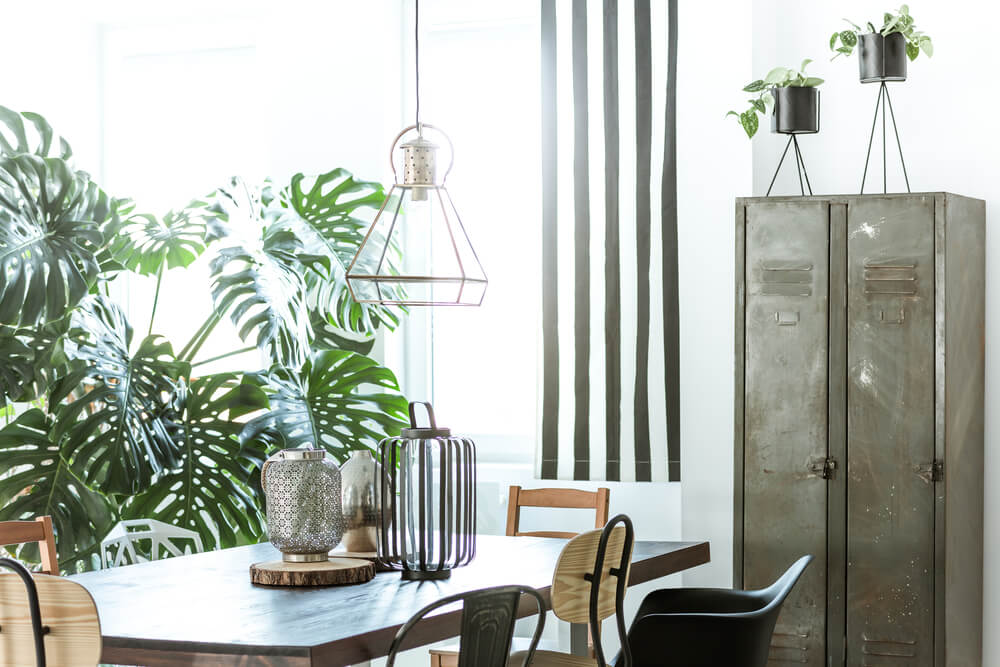

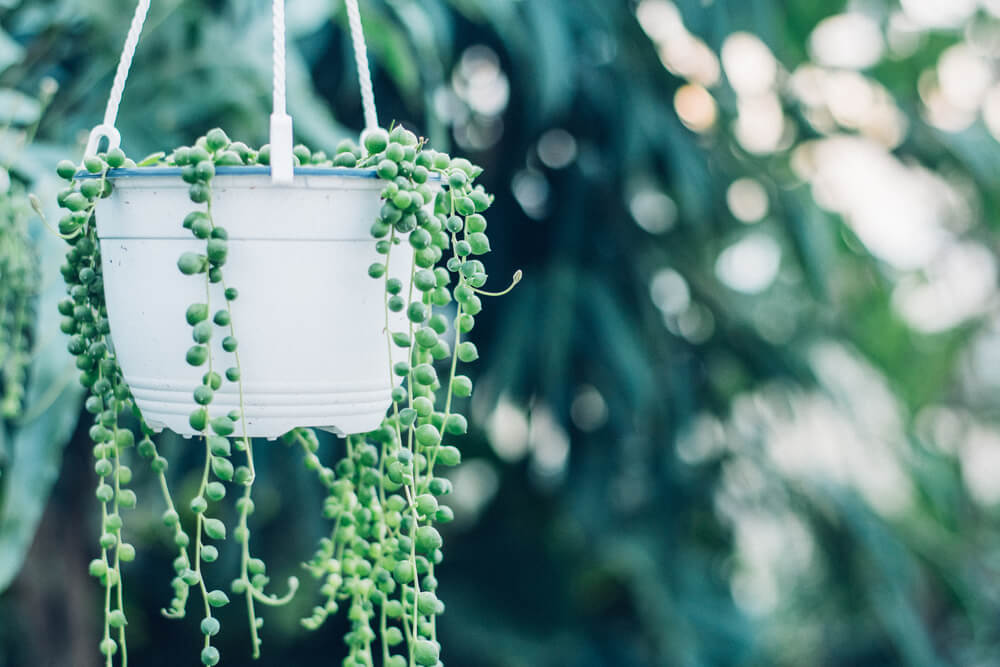
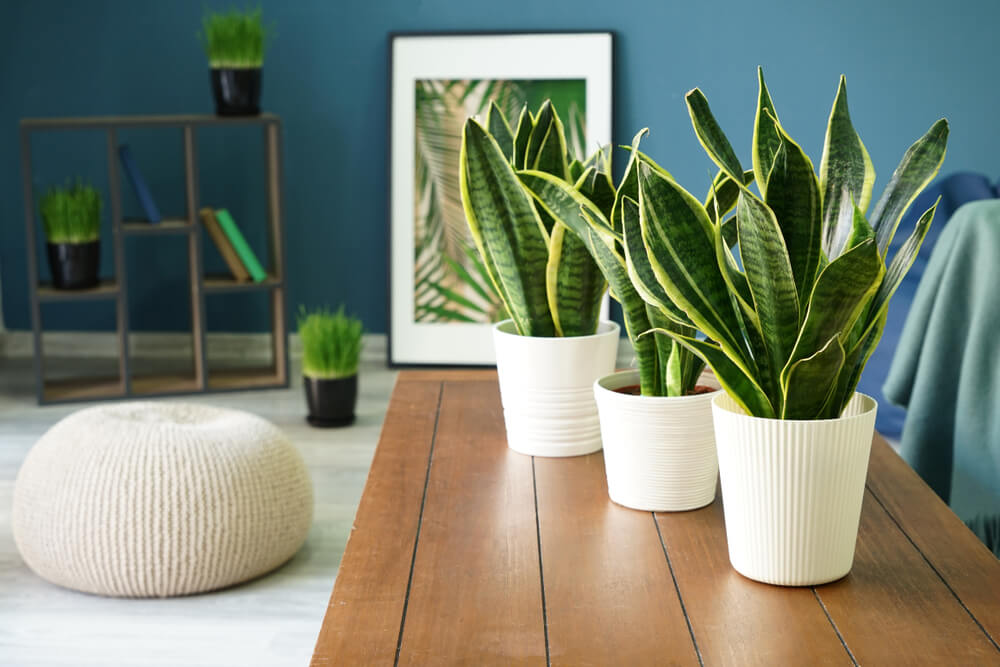

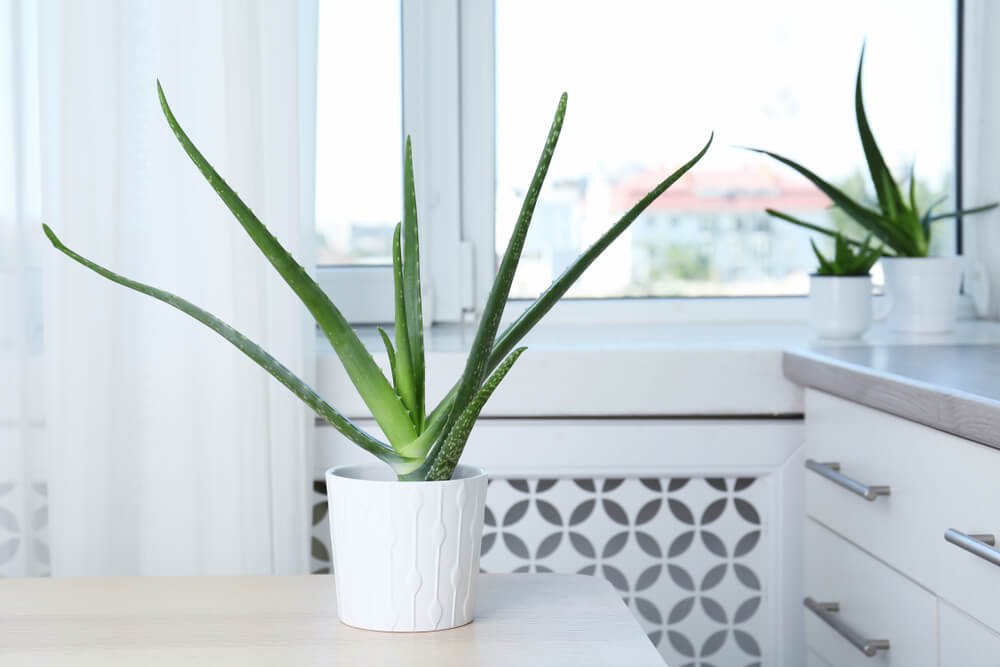
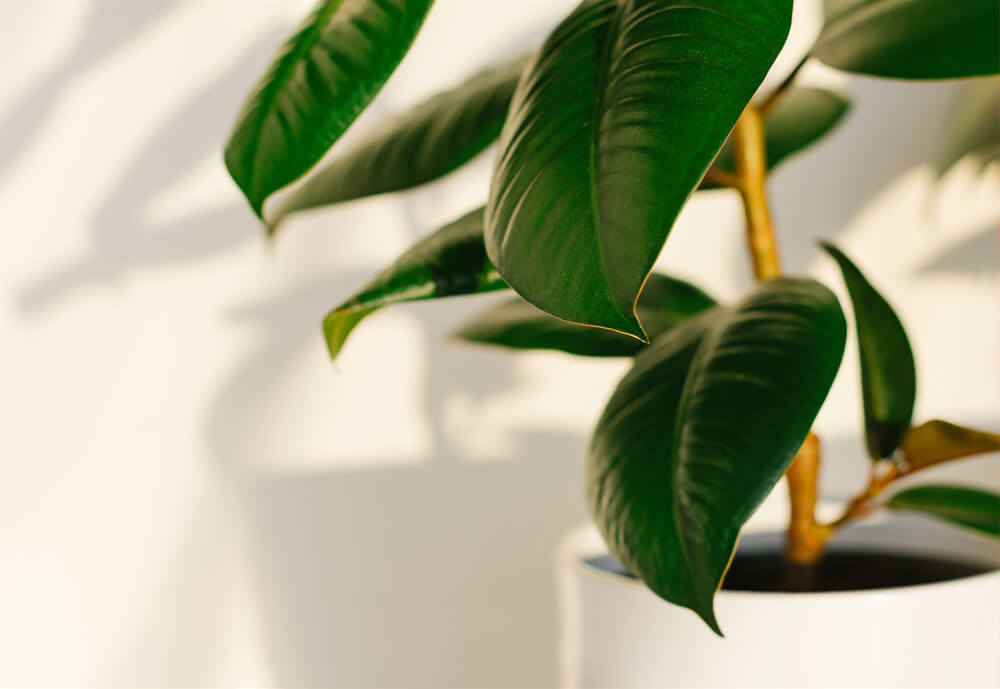


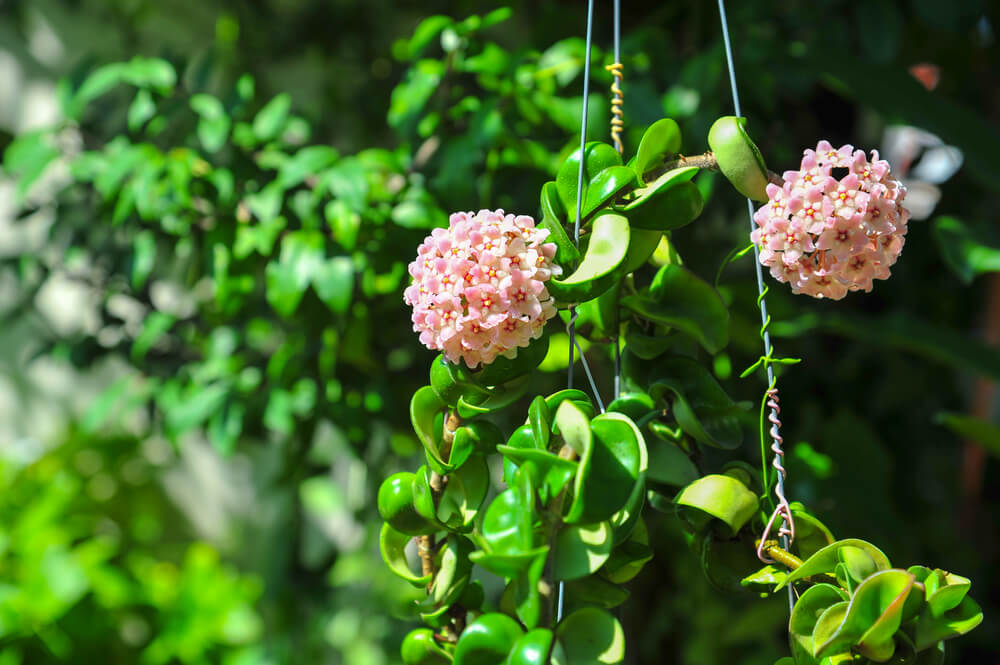
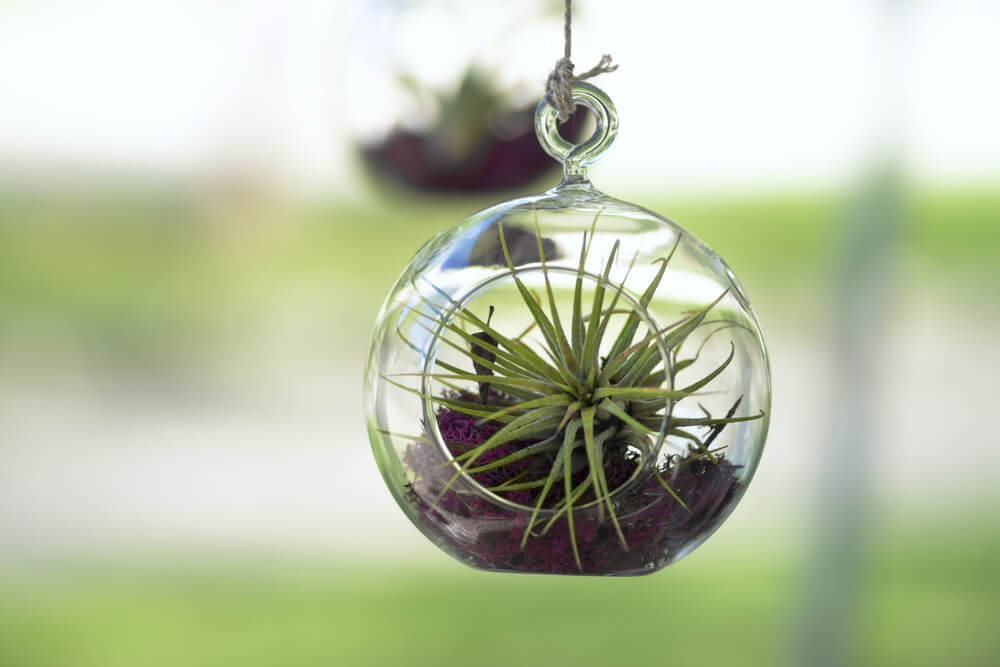



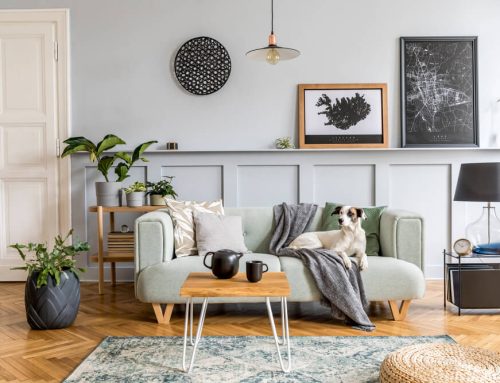
Leave A Comment